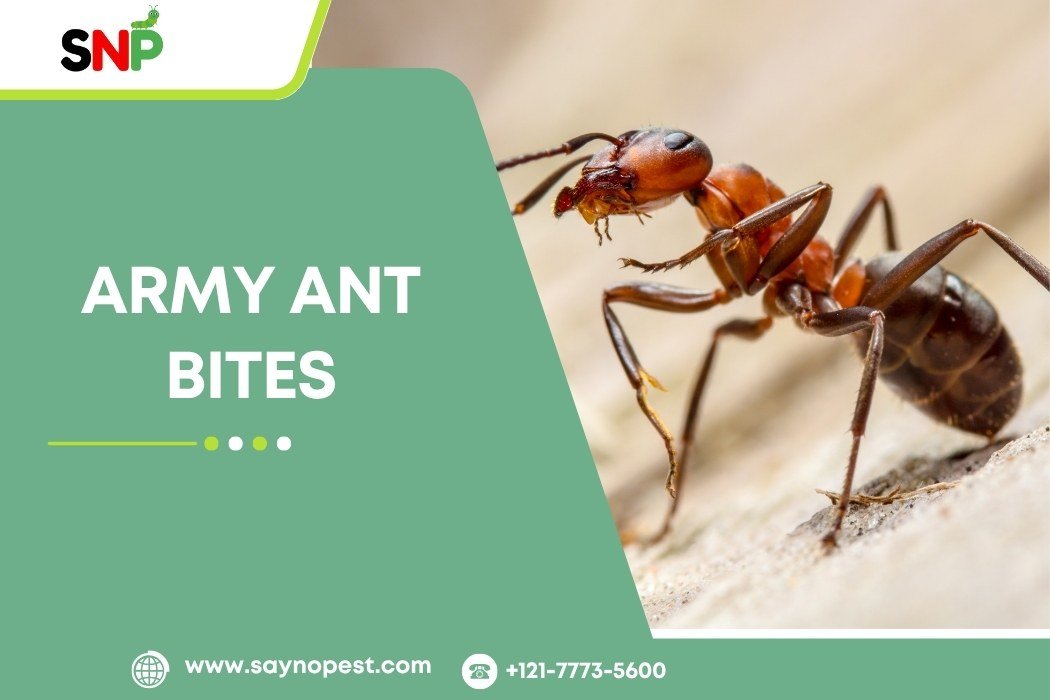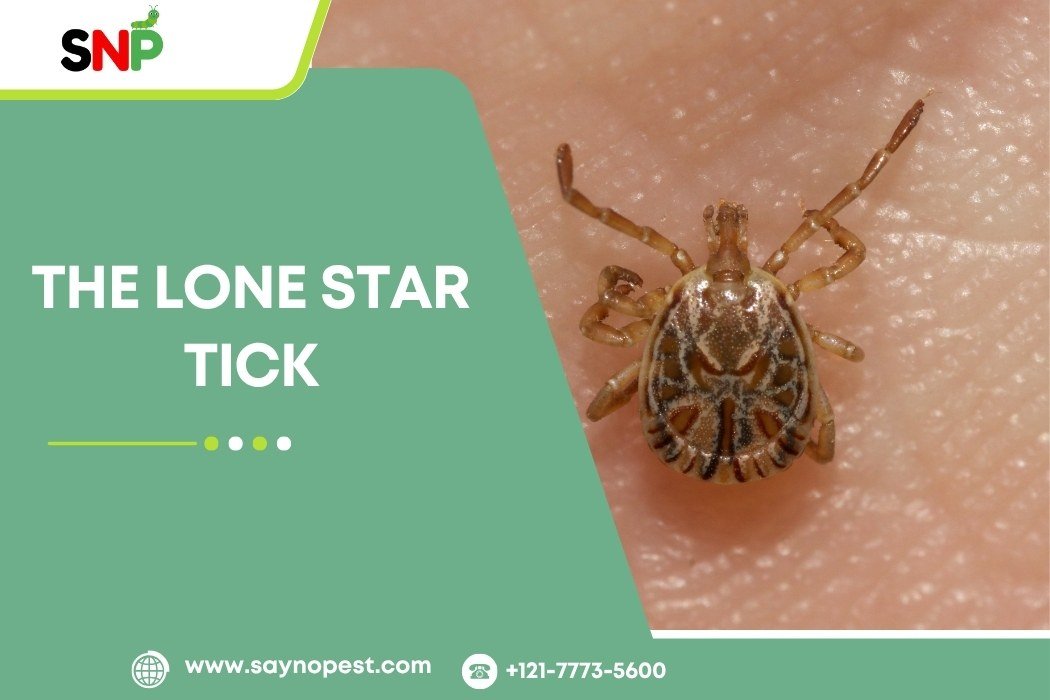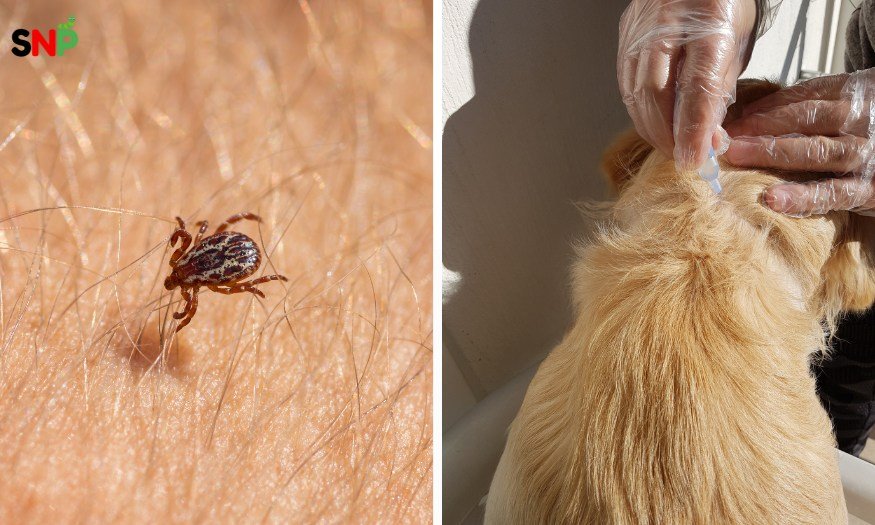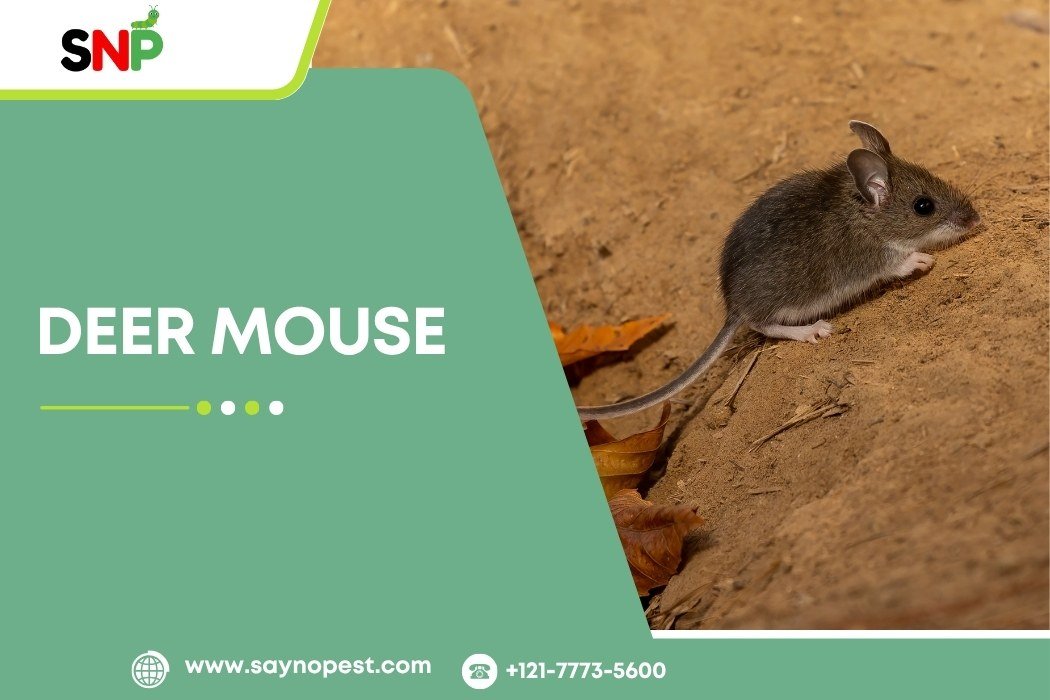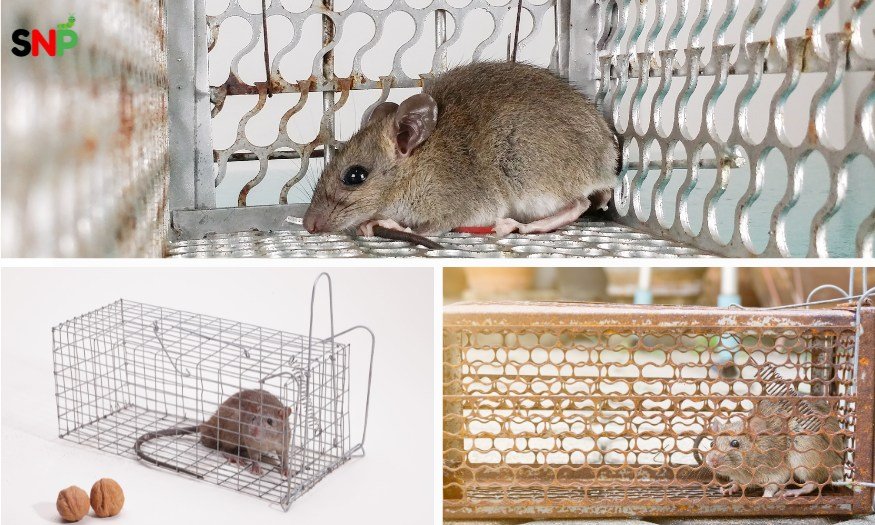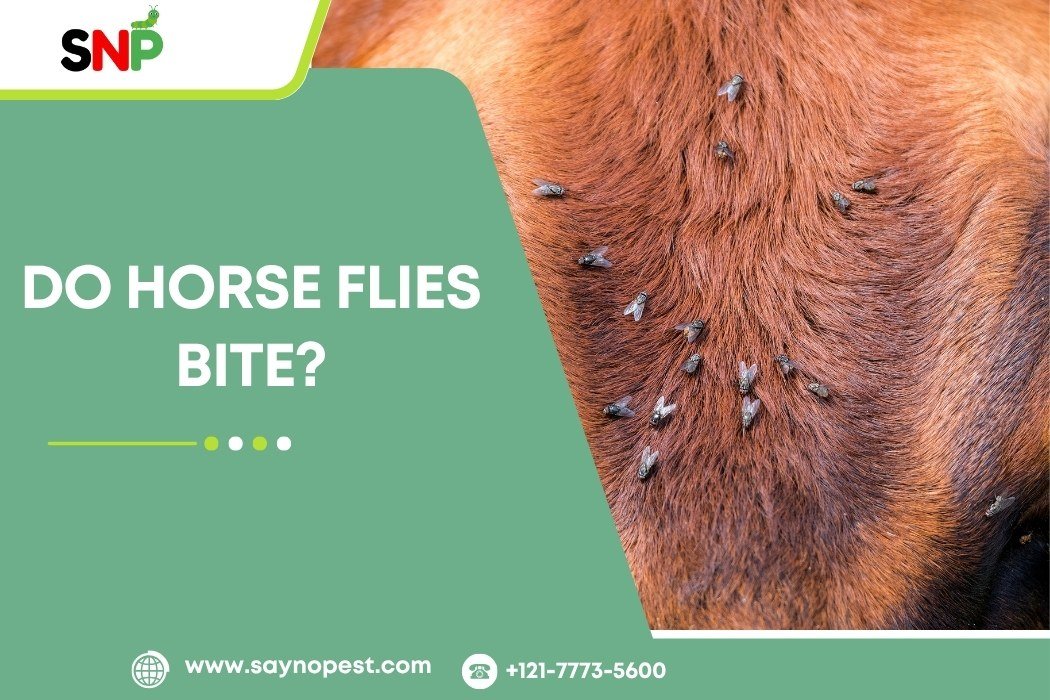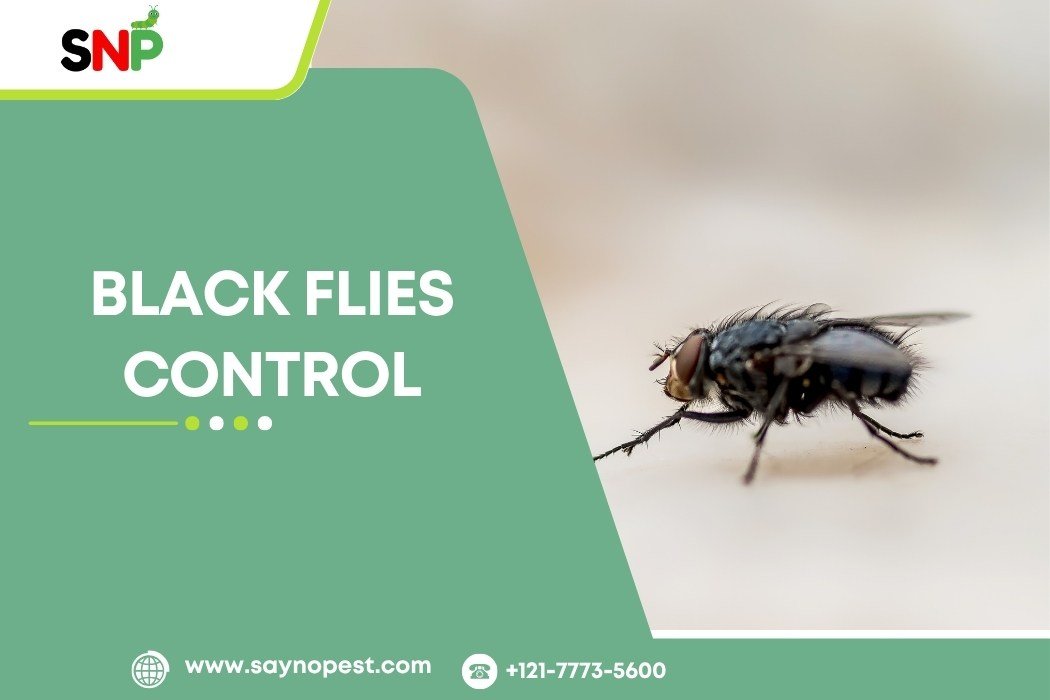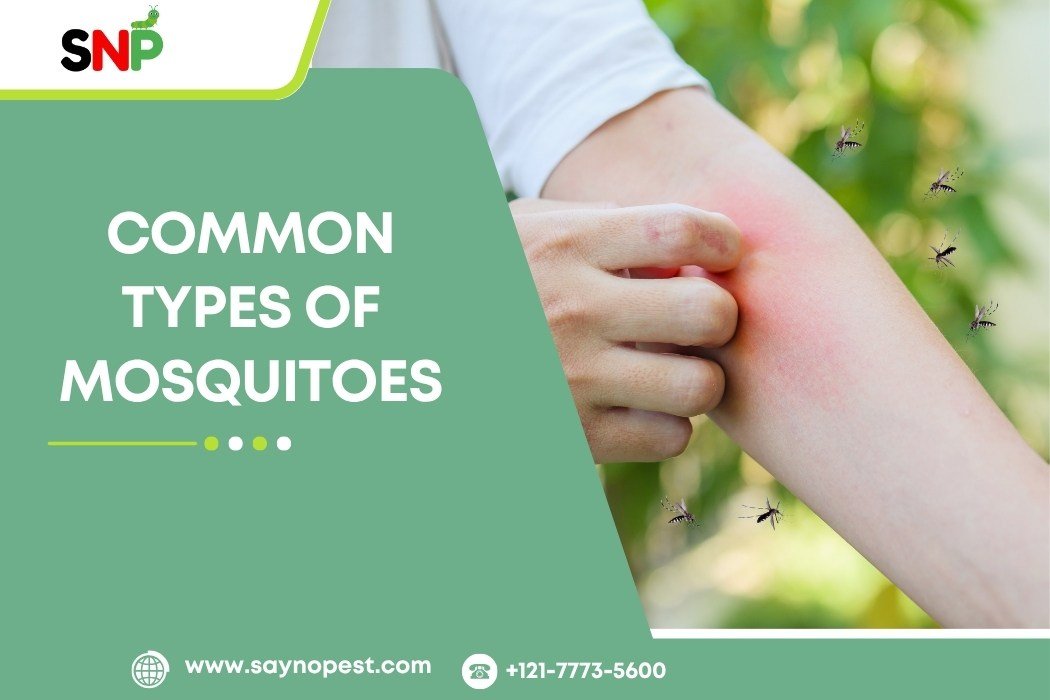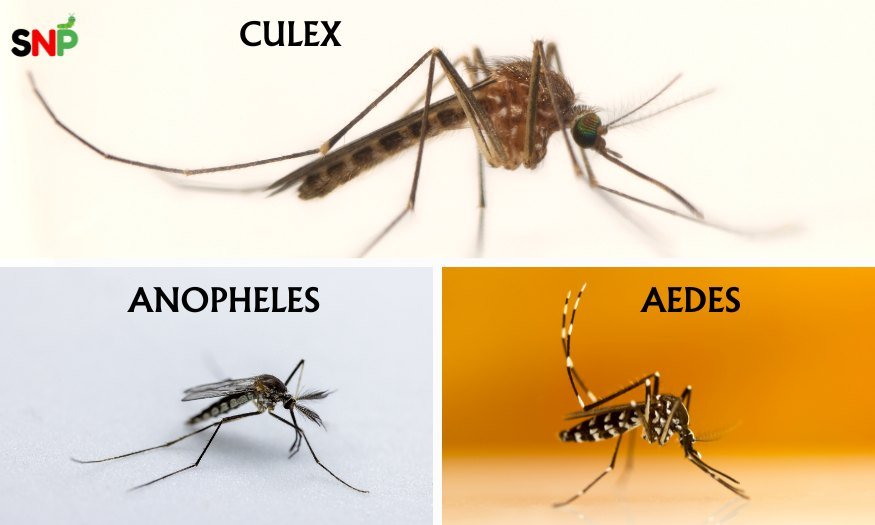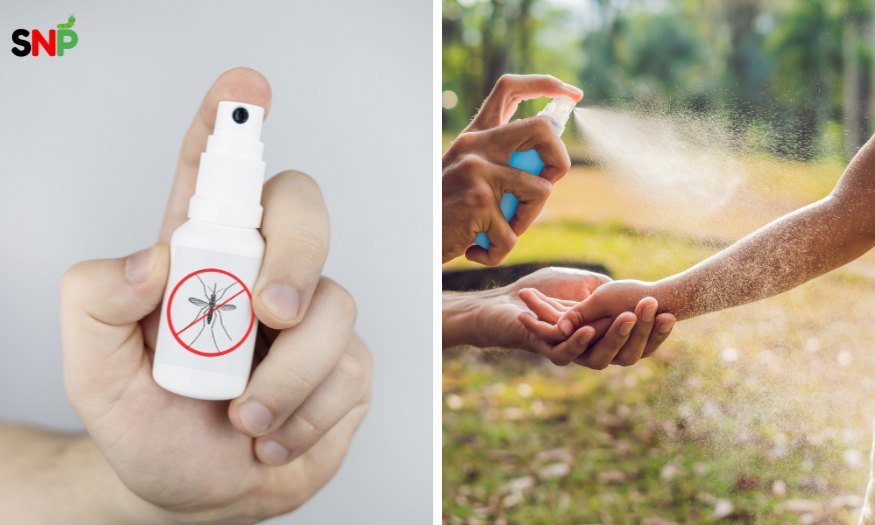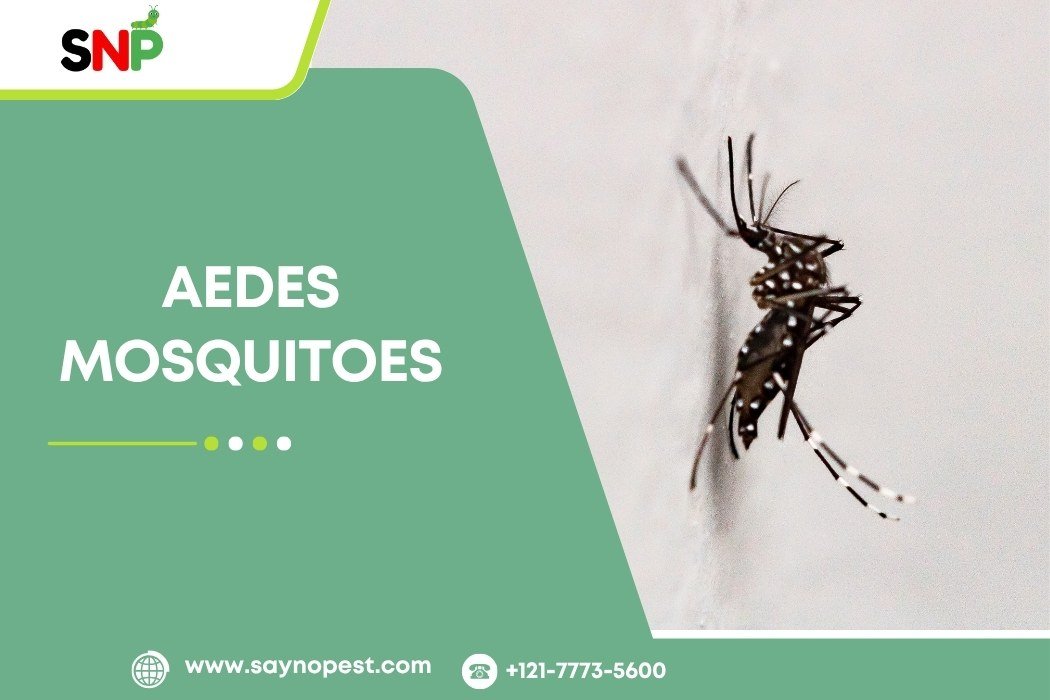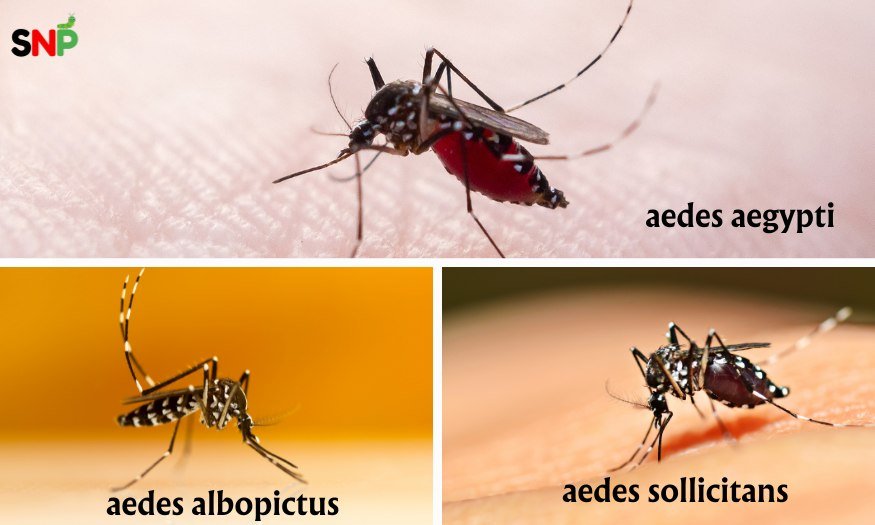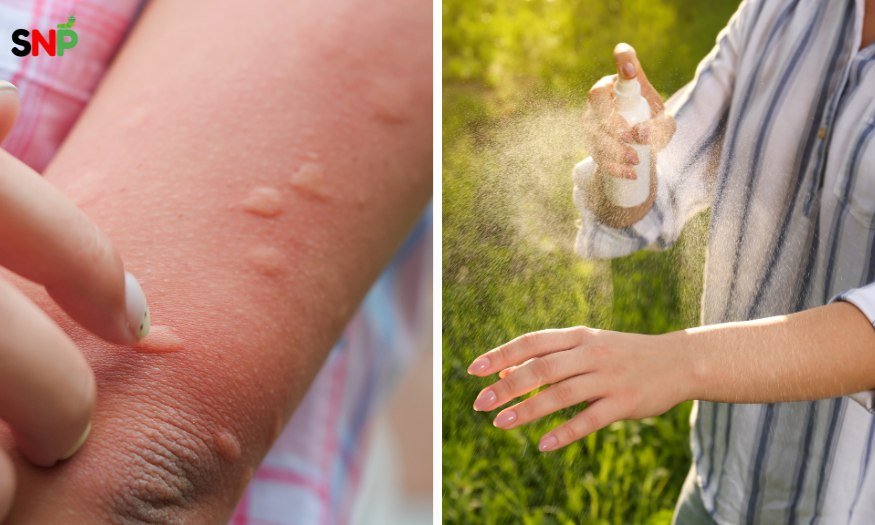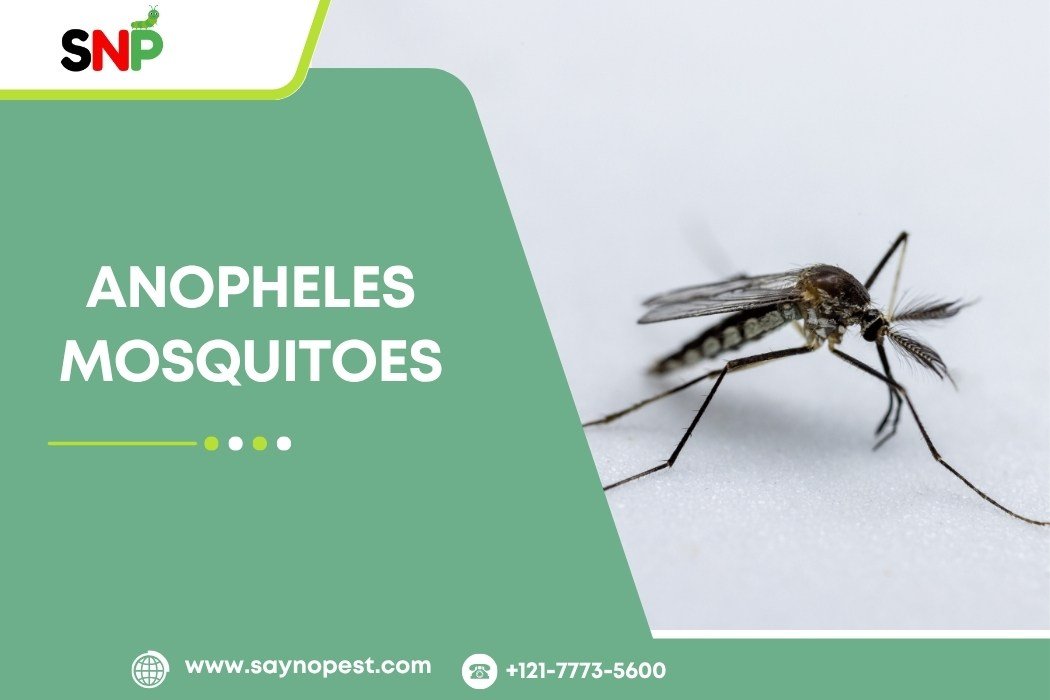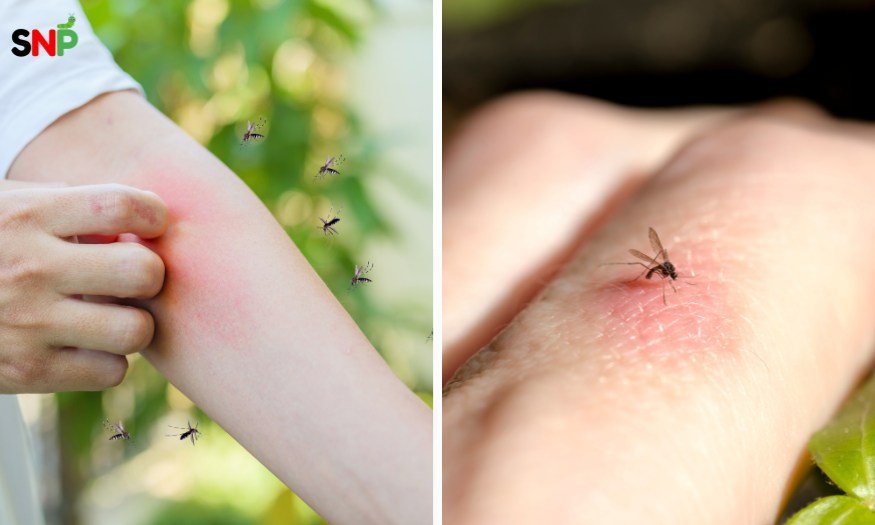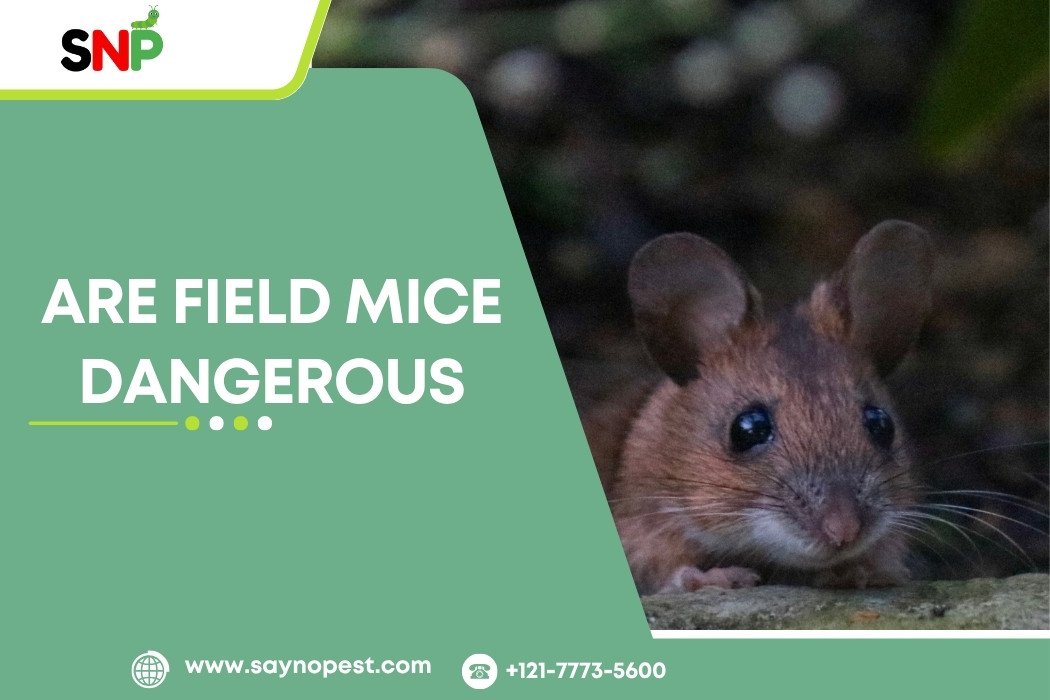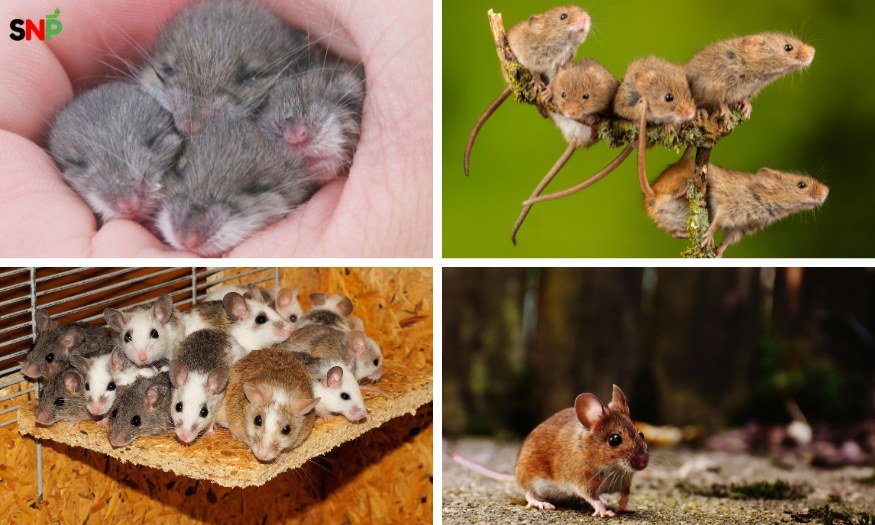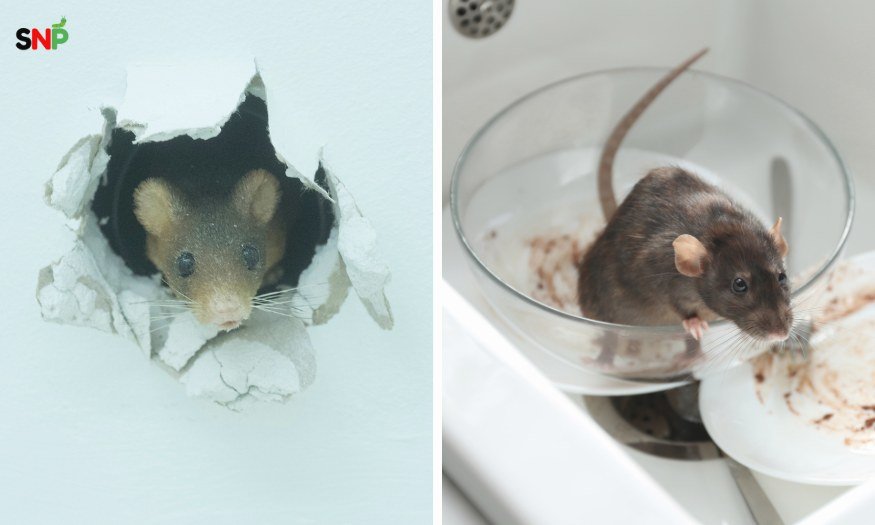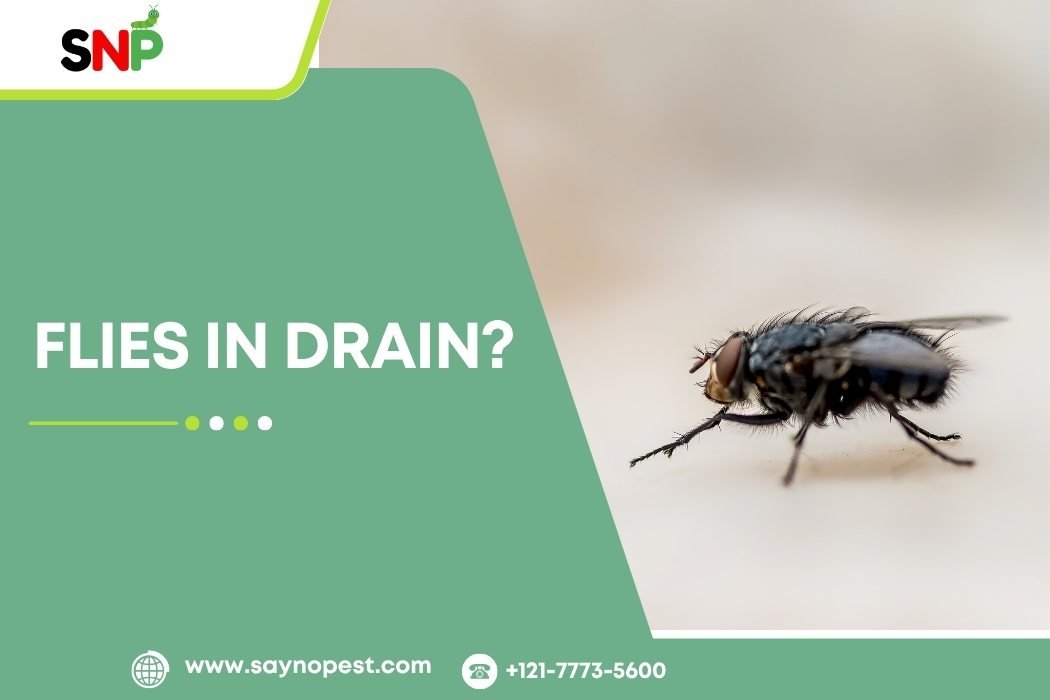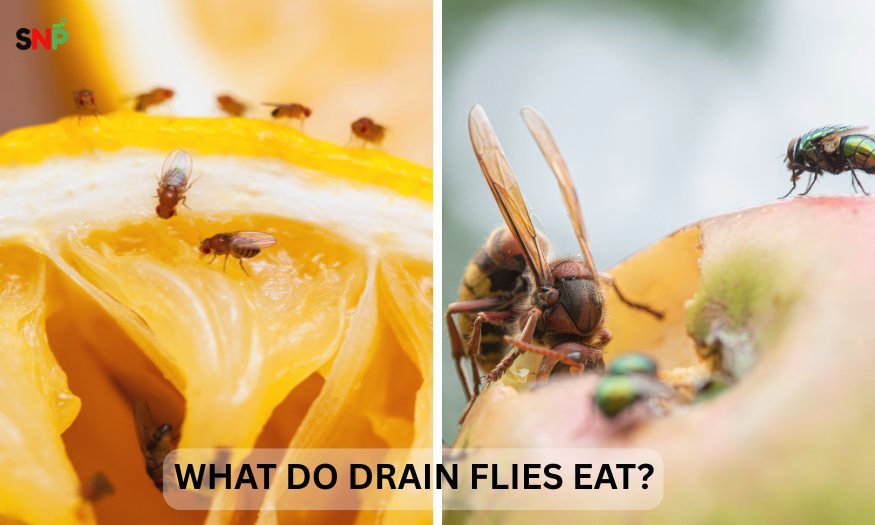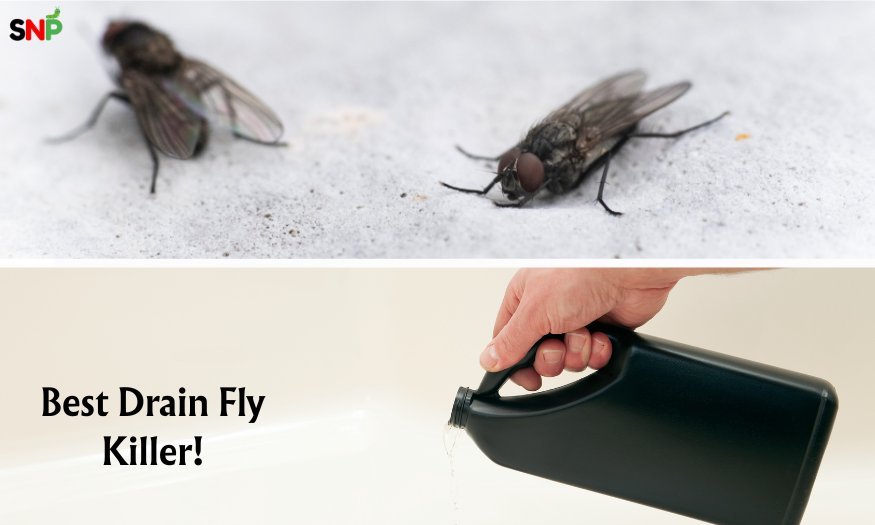Army ants are infamous for their never-ending eating, and if you happen to bother them, they can bite you many times. After facing army ant bites, people usually look for the most suitable remedies to get rid of them. Therefore, they need to be updated with information about the symptoms of the bite and be able to act immediately.
Army Ant Size
There is a big difference between the ant and the queen depending on which part of the colony the individual ant performs his/her duties. Therefore there is variance in their sizes after class and specialization. Most worker ants are roughly 0.25 inch in size while major army ants that are also called soldiers can be 0.5 inch long at the most. The army ant size is quite amazing, especially if taking into account they have great jaws and strong muscles. The colors can vary from dark brown or black bodies to orange heads and legs. Better knowledge about the pest, i.e., knowing the difficulty of the pest, employing the proper control measures for eradicating them. This will only be done after you understand the army ant size. The queen who is the biggest can also change her size to be able to relocate the colony.
How Painful Are Army Ant Bites?

- Most individuals that are bitten by these ants and army ant bites cause them severe discomfort.
- How painful are army ant bites is a question that depends on the the pain experienced and the symptoms of swelling and itching. If a person was bitten by many ants at a single time, the pain caused by the bites of the army ants can be very difficult to bear.
- Different people react differently, some end up with allergic symptoms. This not only increase the discomfort but also require that they go to the doctor immediately for treatment.
- In extremely rare situations, the swelling caused by the bites of the army ants can be still there after a number of days. Due to this, the part may become so sensitive that even a small movement is difficult. But most people say that the pain is quite high and unforgettable.
Tips for Army Ant Bites Treatment
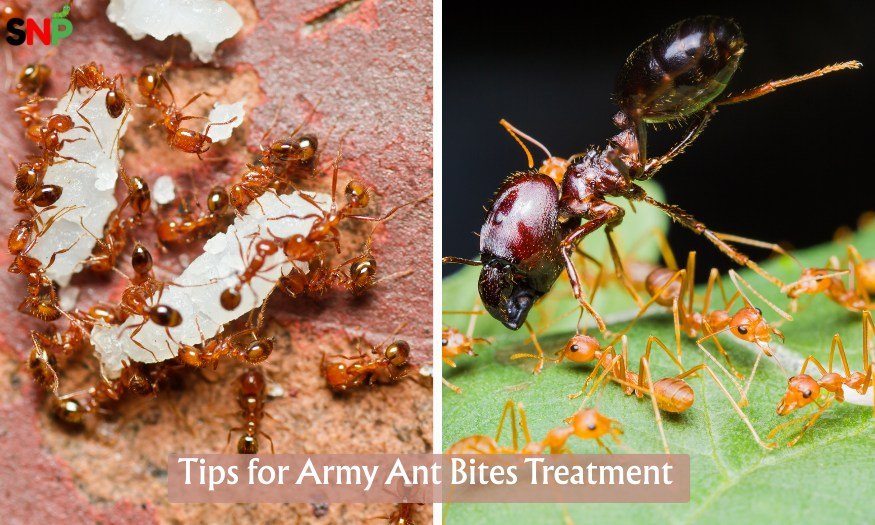
- Do not forget that immediate attention is necessary.
- First, clean the bitten area with soap and water. You can get rid of any dirt and it reduces the chance of infection.
- An ice massage makes it possible to diminish the swelling and numb the affected area thus, getting a fast relief from the bites of the army ants.
- You should not scratch the bite as in doing so it may become infected.
- For those who wonder how painful are army ant bites, it is important to know that apart from the mentioned remedies, there are a few more that can also reduce the irritation.
- Aloe vera.
- Baking soda paste.
- or diluted tea tree oil.
- If you see that there is excessive swelling, presence of an infection, or if you experience allergic symptoms such as breathlessness or swelling of the face, do seek medical help immediately.
- Usually, managing the army ant bites at home is okay, but be cautious if the symptoms get worse. You may be able to treat arm ant bites at your place. Being careful with the measures is important.
Conclusion
Army ant bites, aggressive behavior and the fact that they can give you very painful bites make it necessary to be aware of army ant size, understand how painful are their bites, and have ready treatments that actually work. Be aware, be ready, and keep safety as the first priority while dealing with these powerful pests with SayNoPest.
